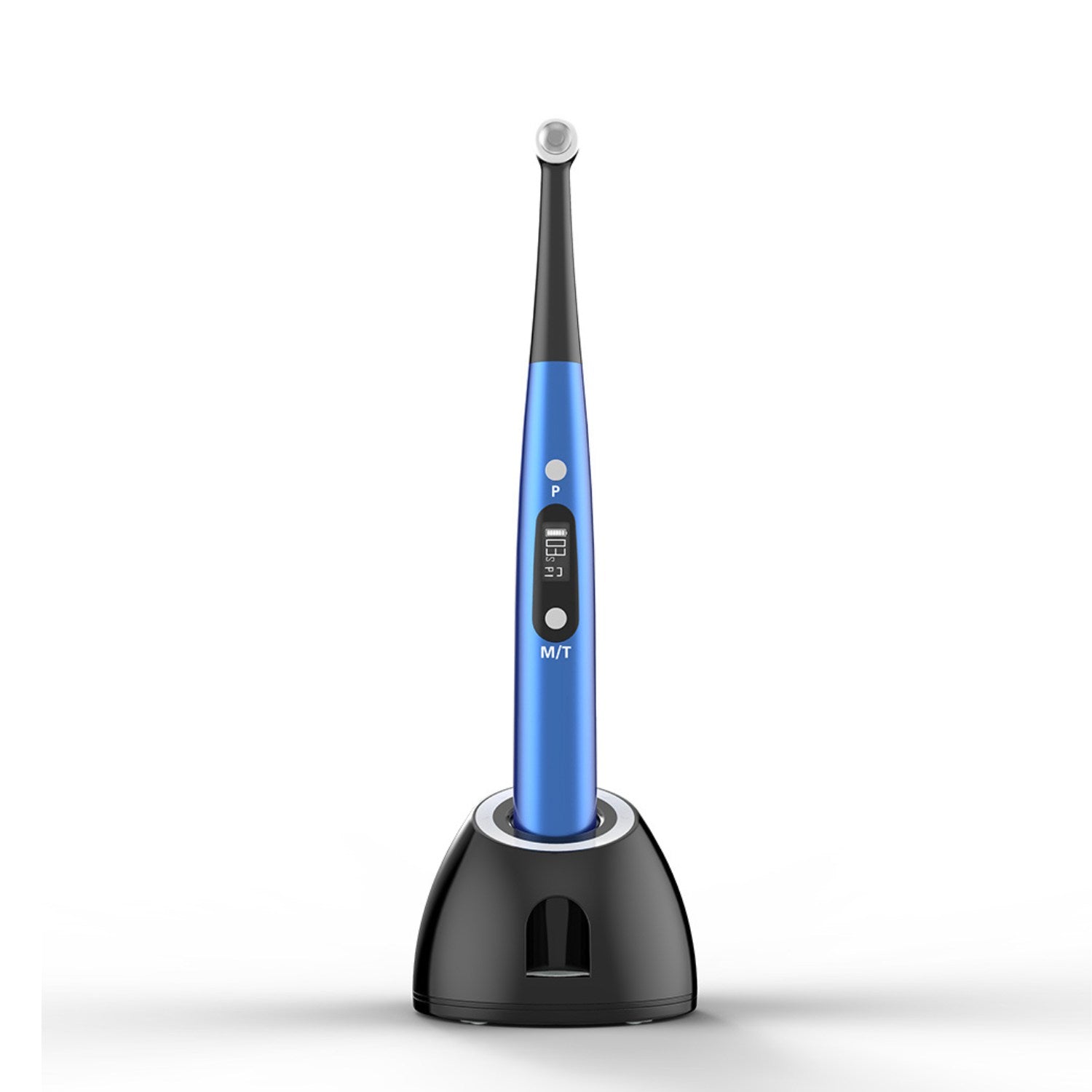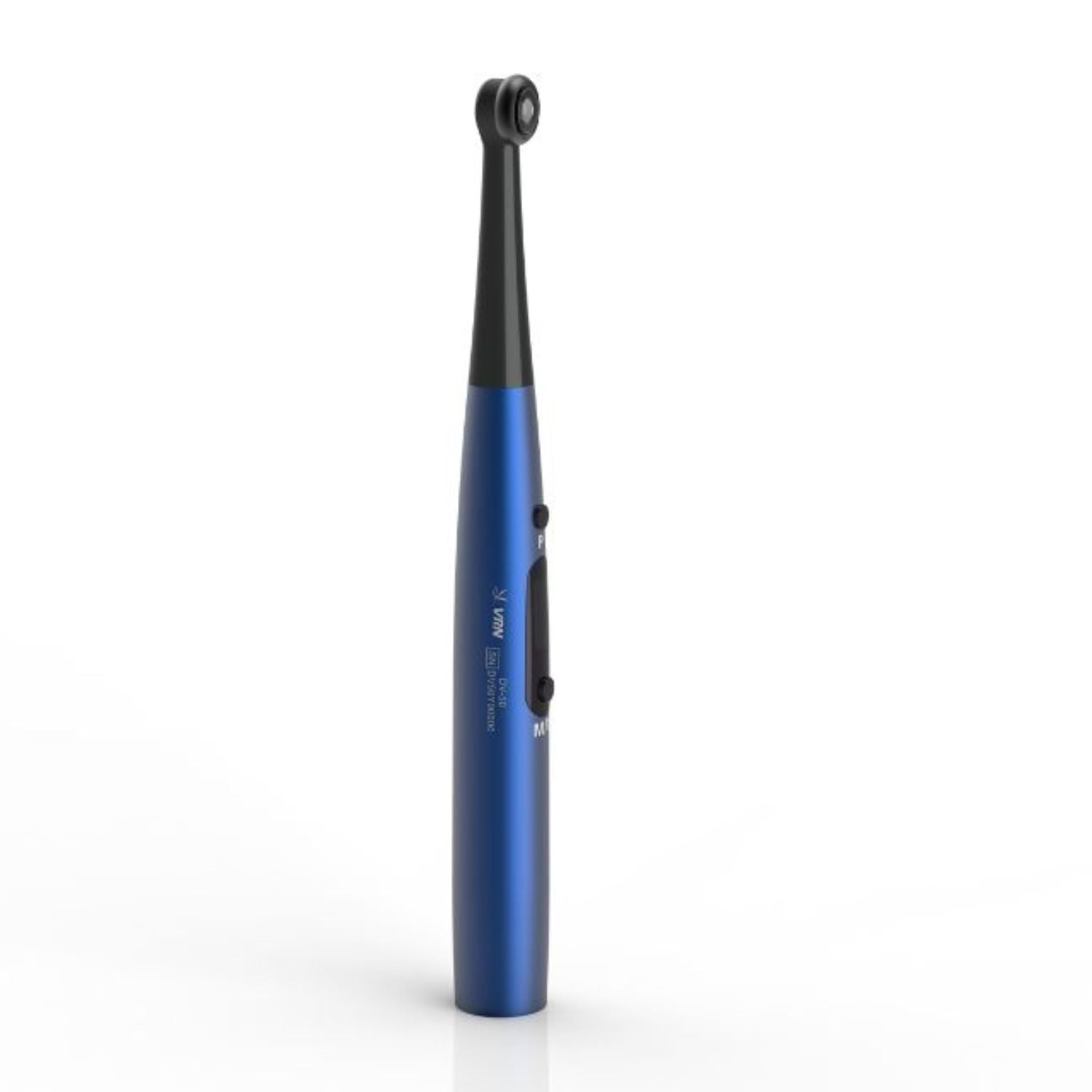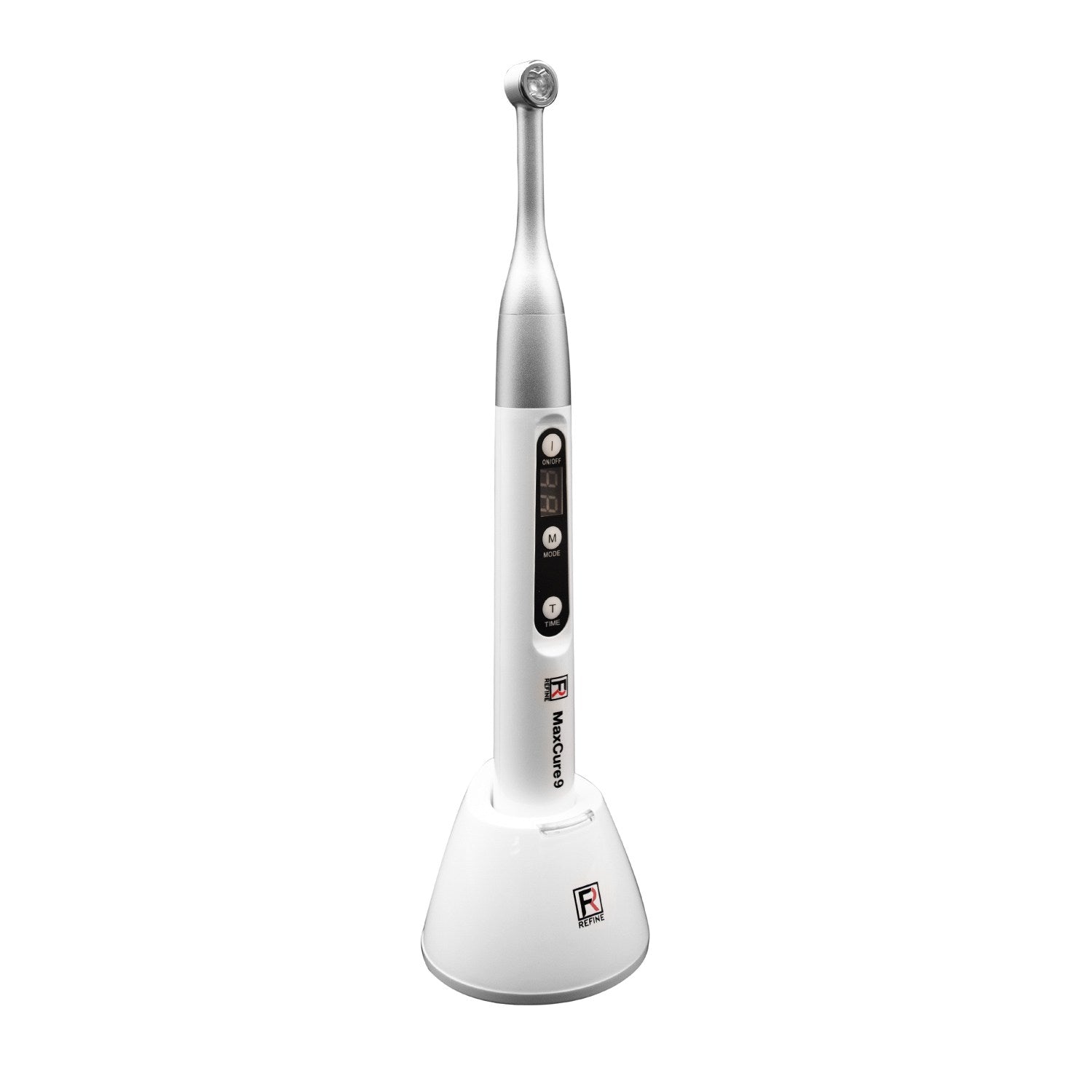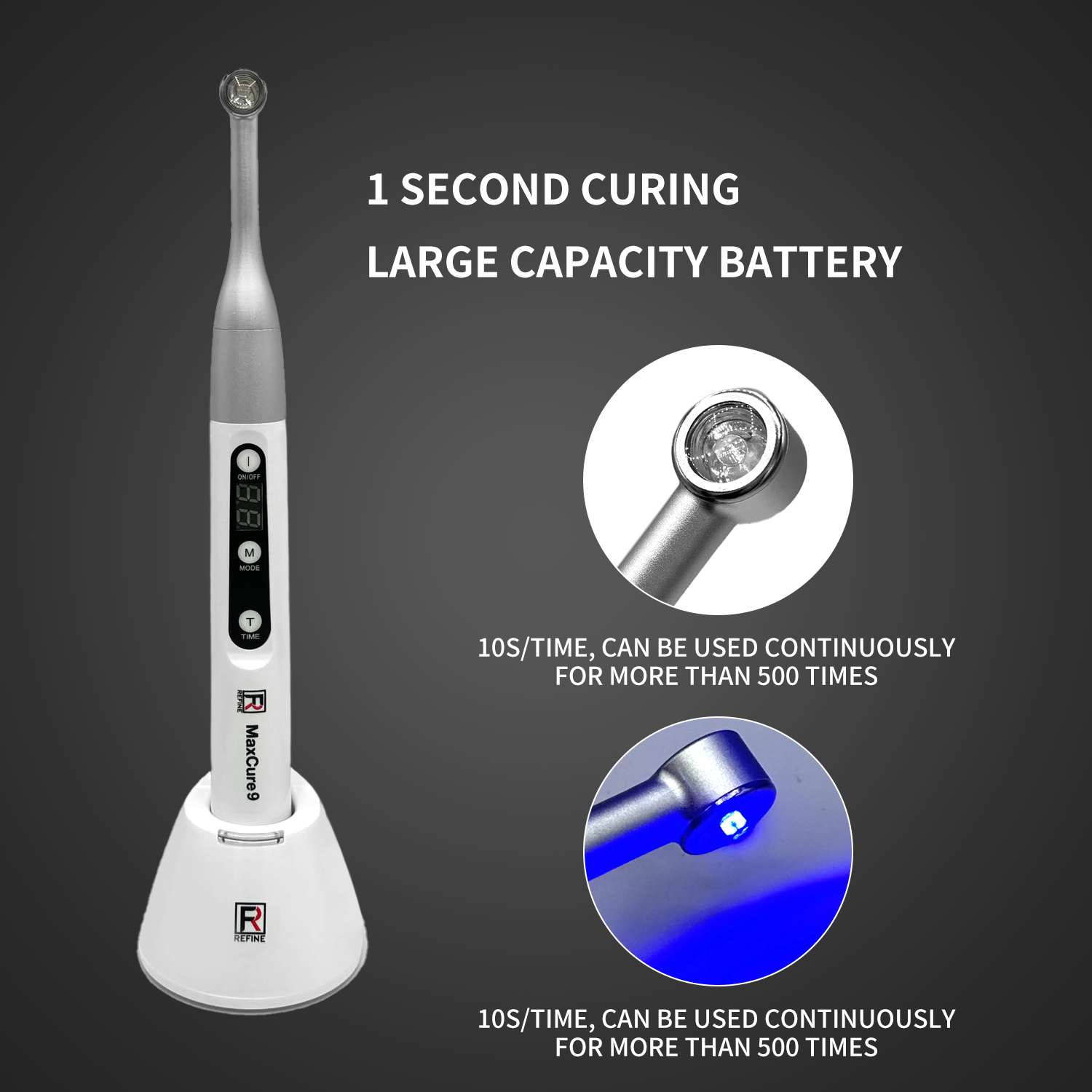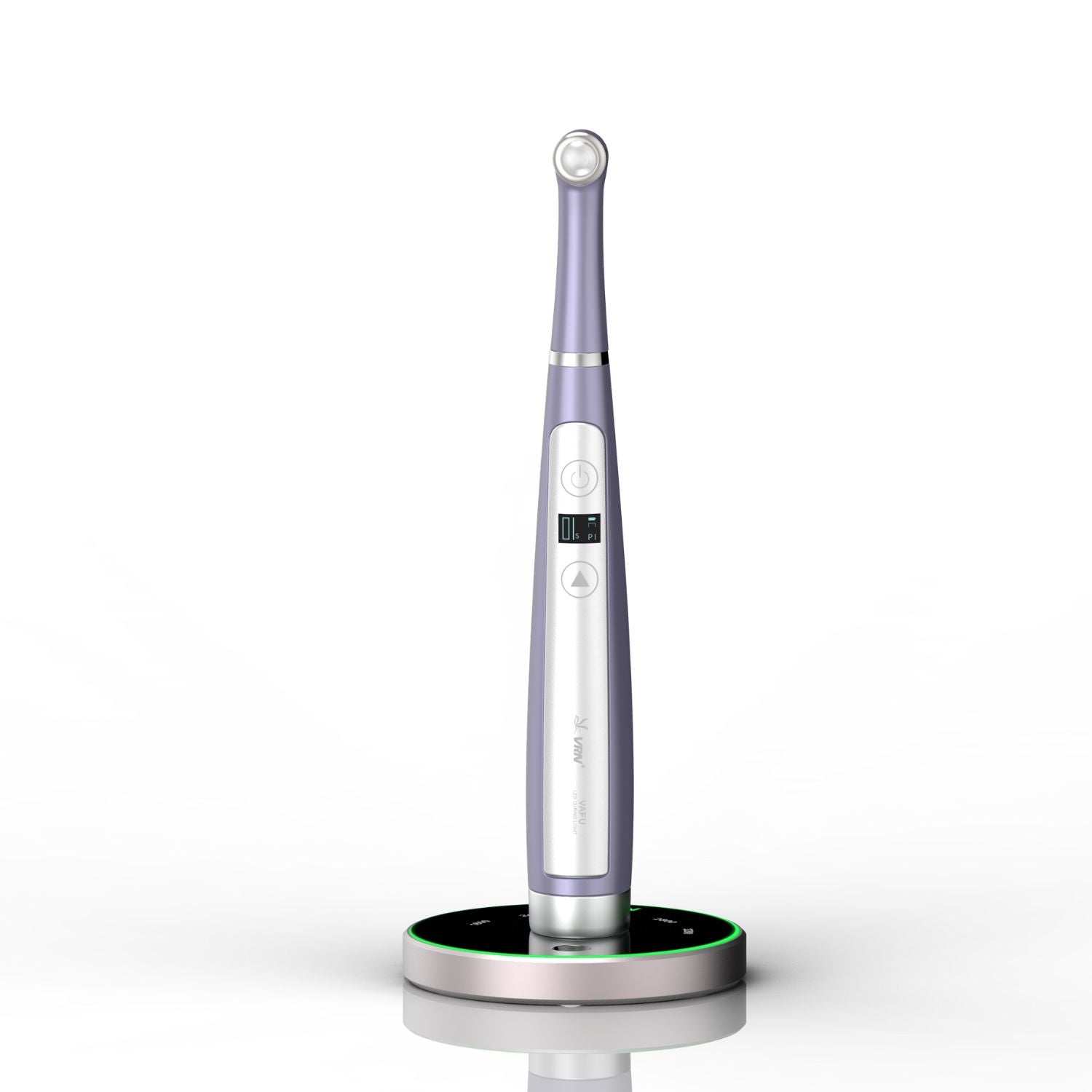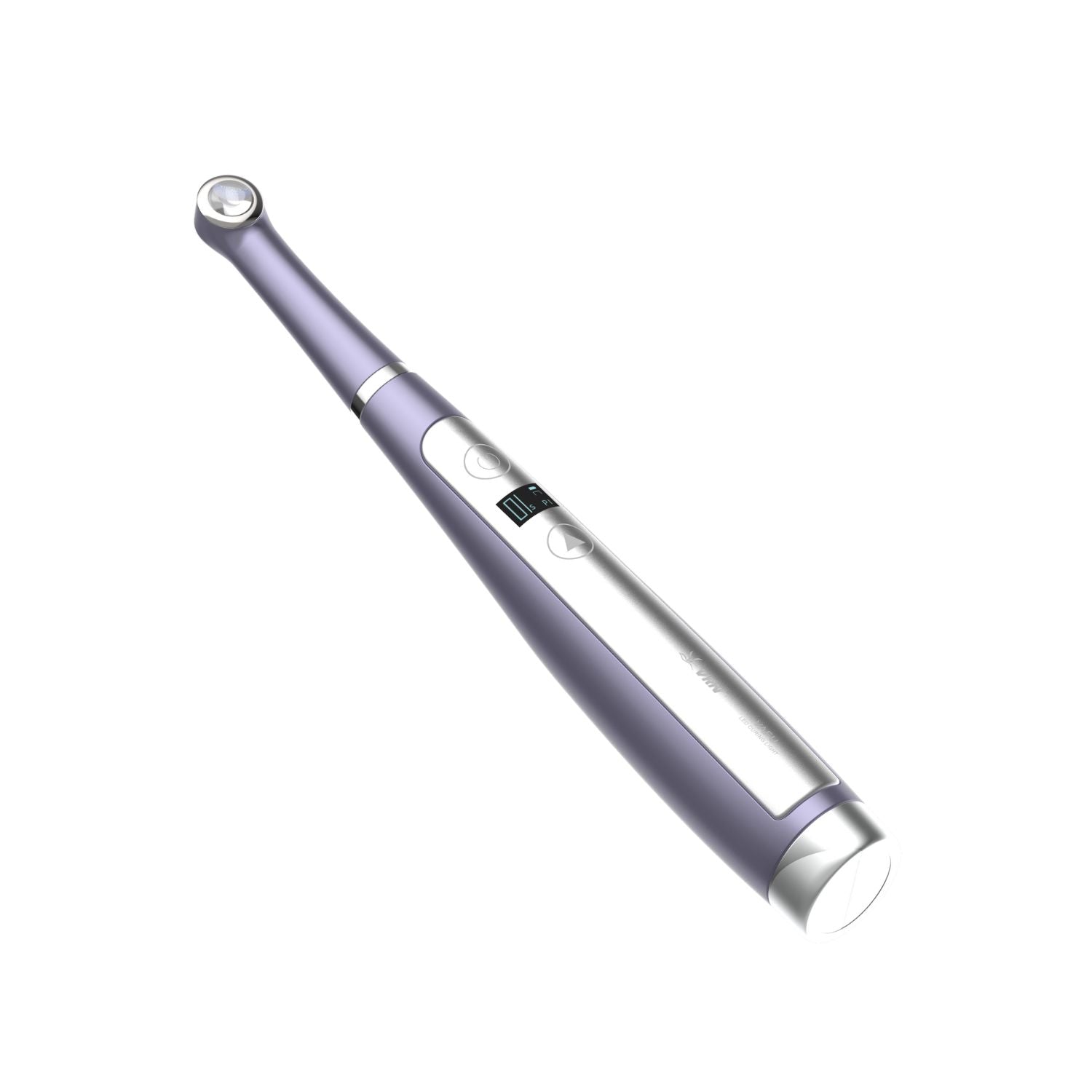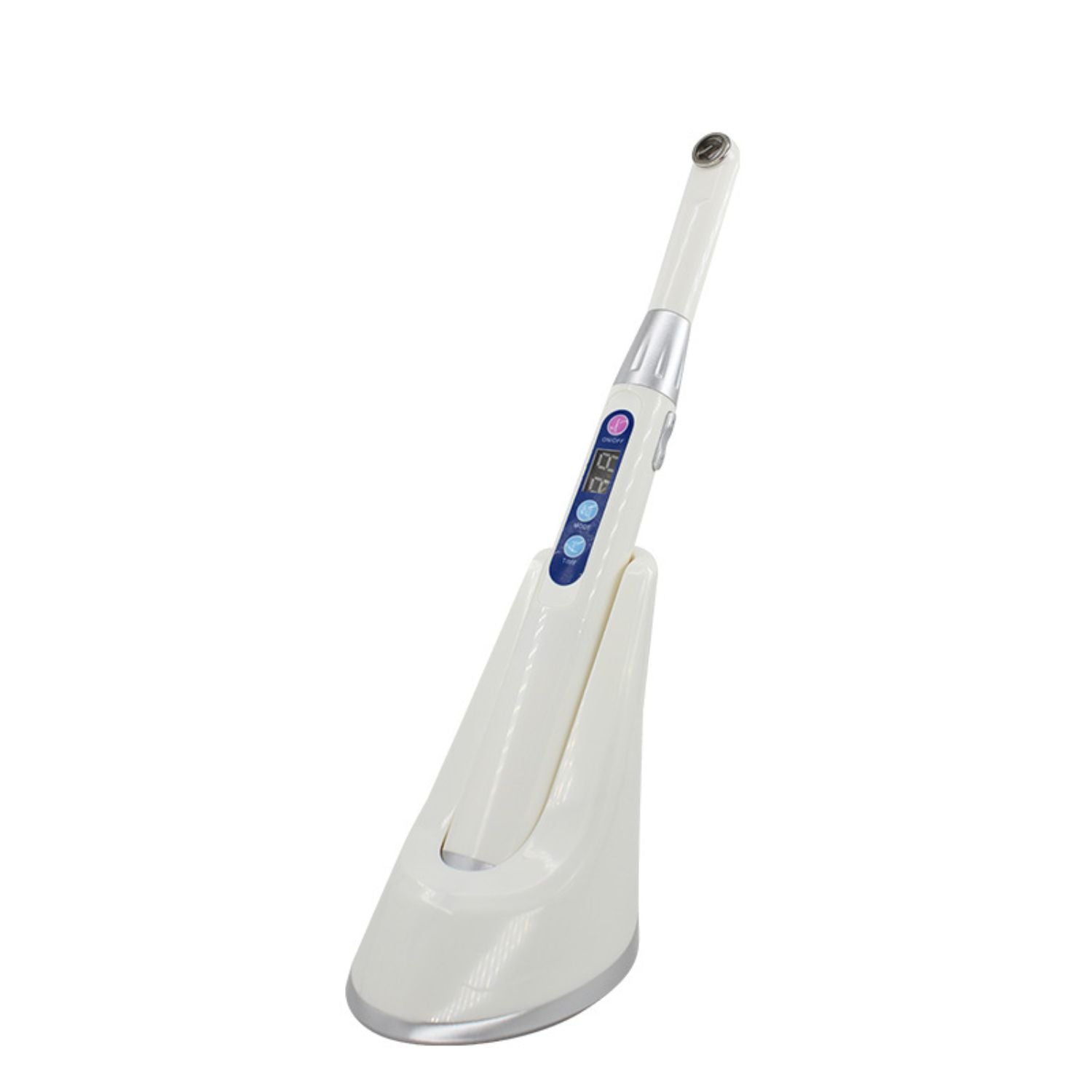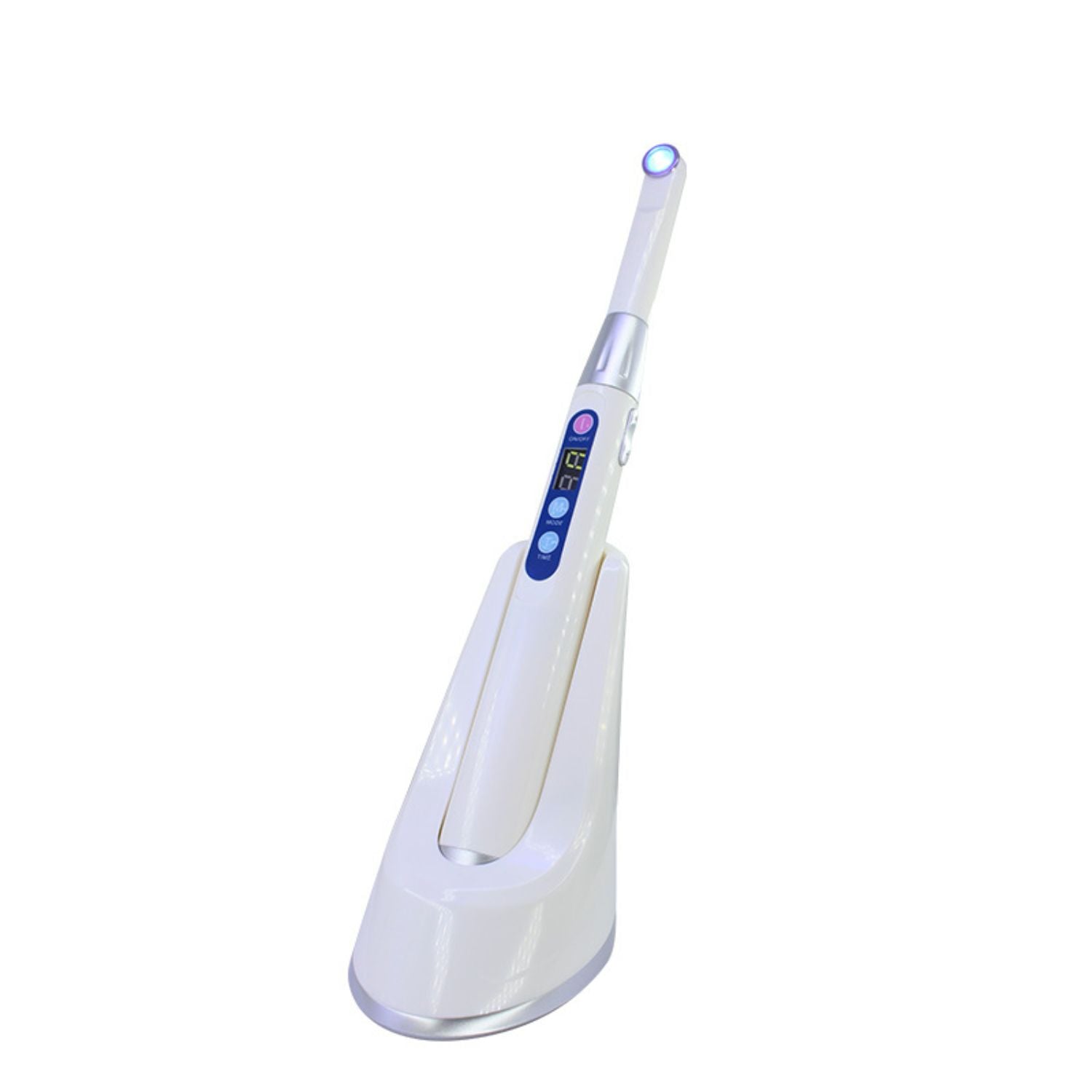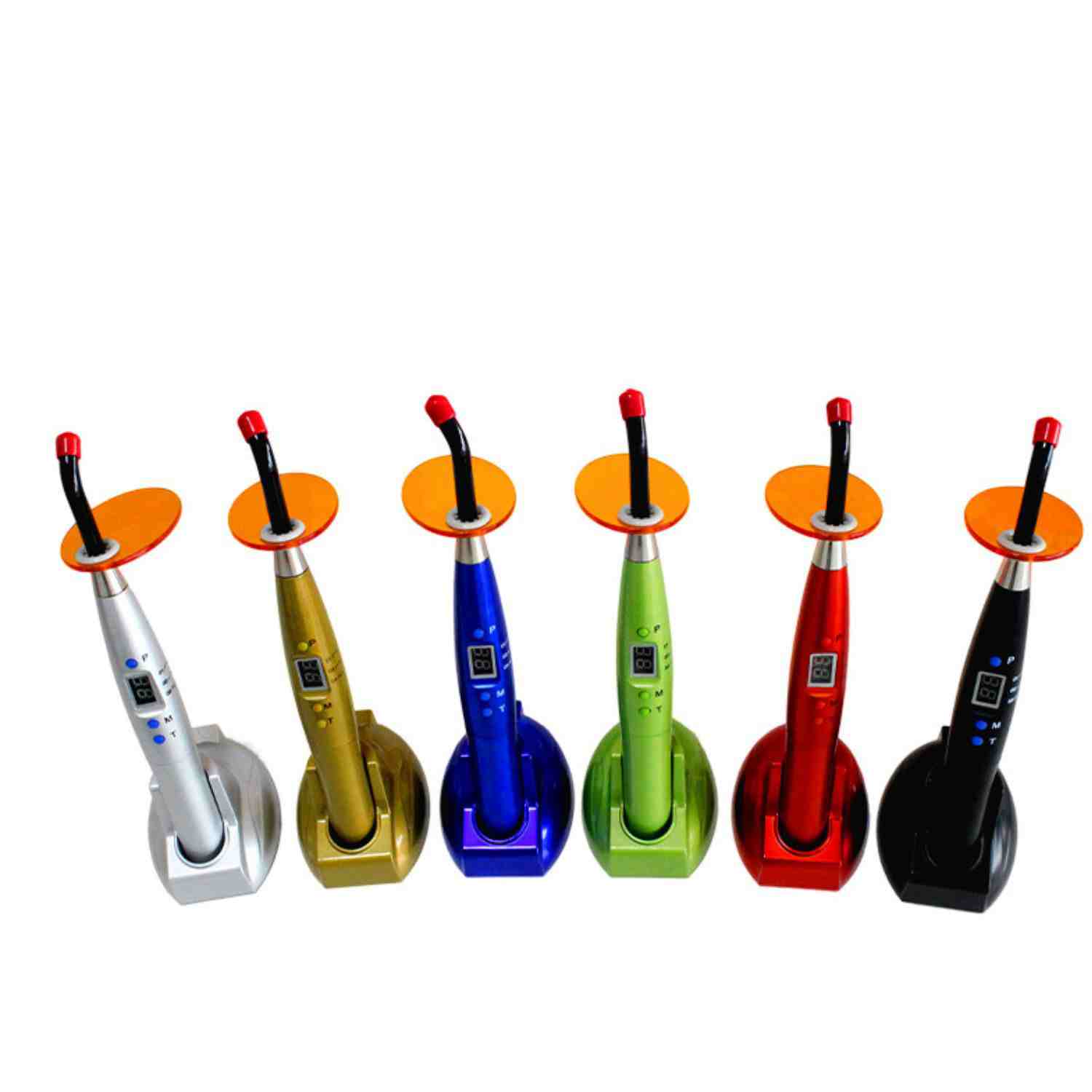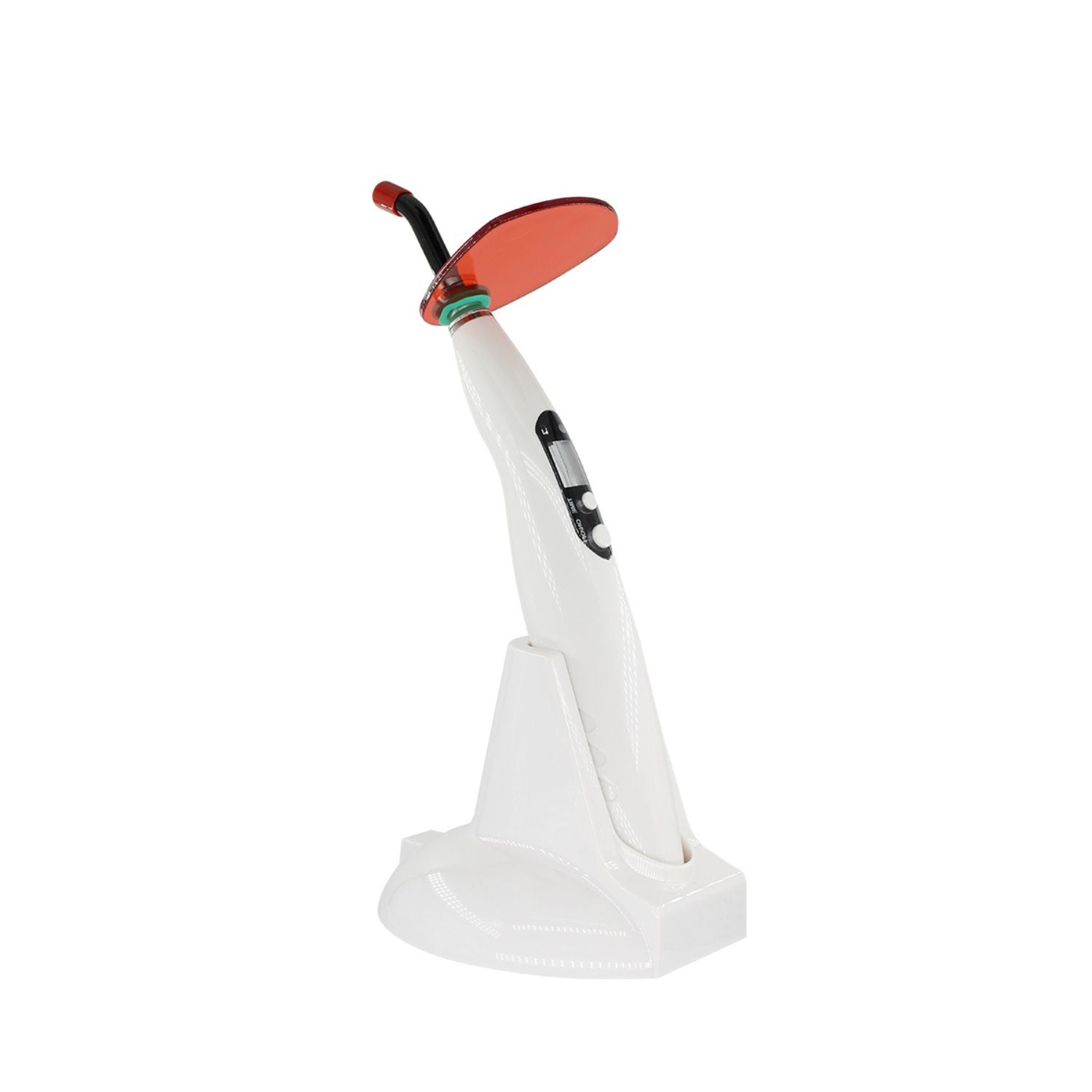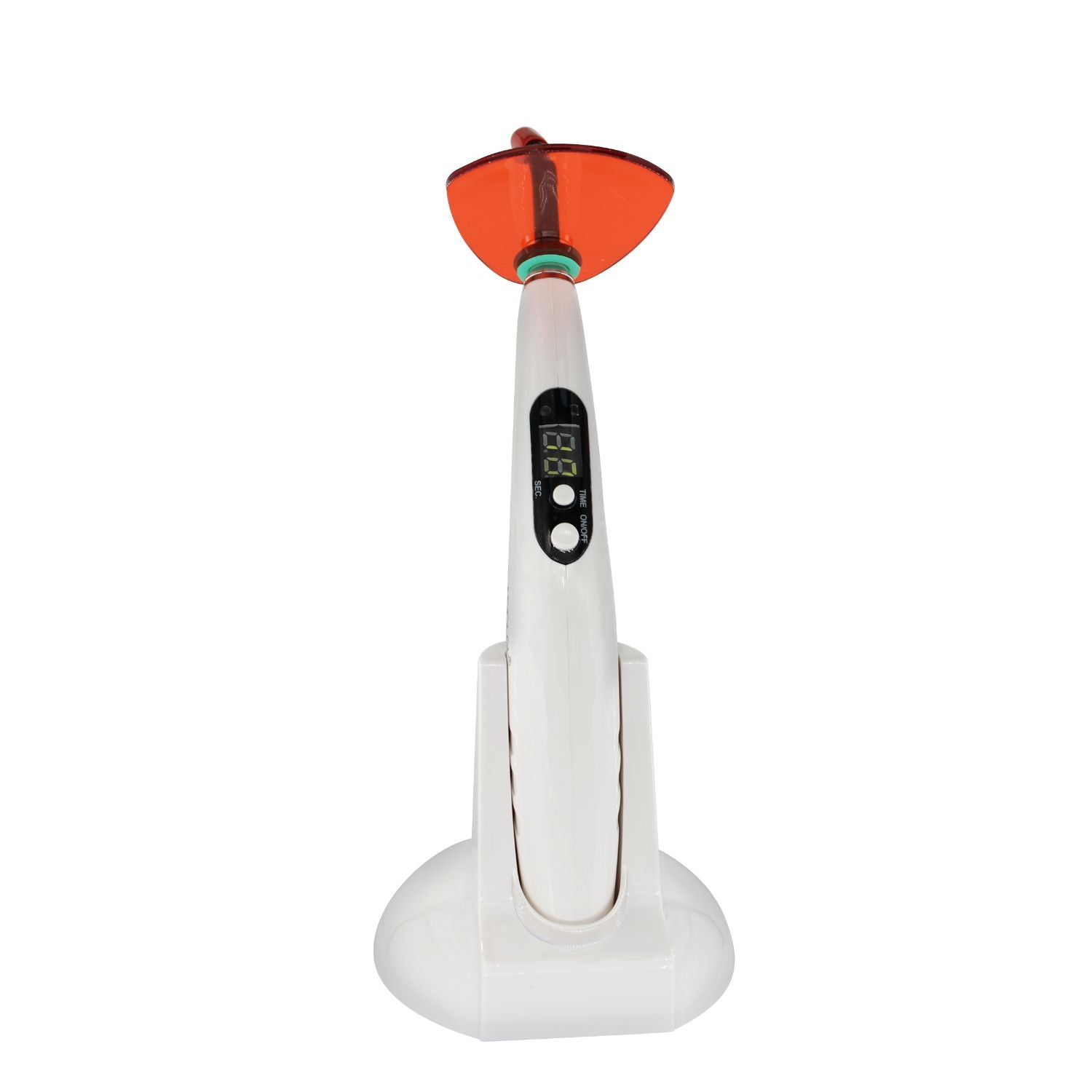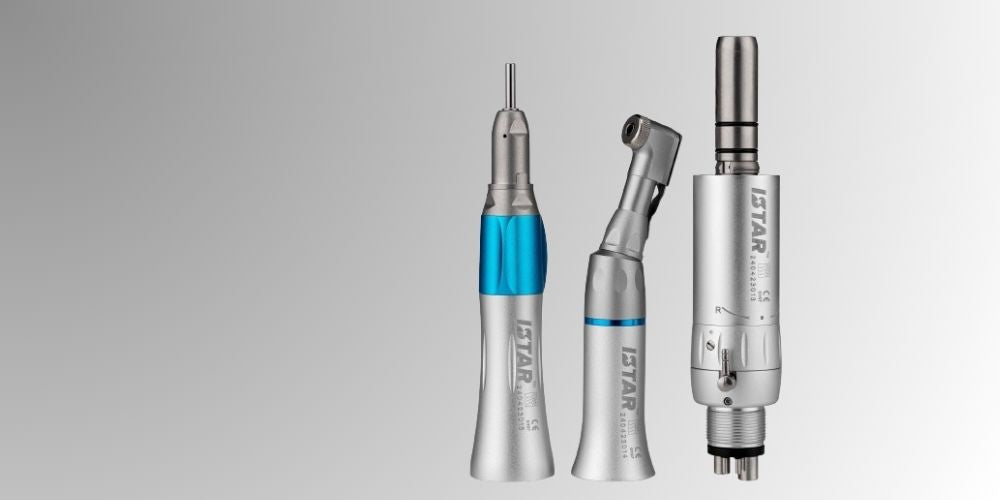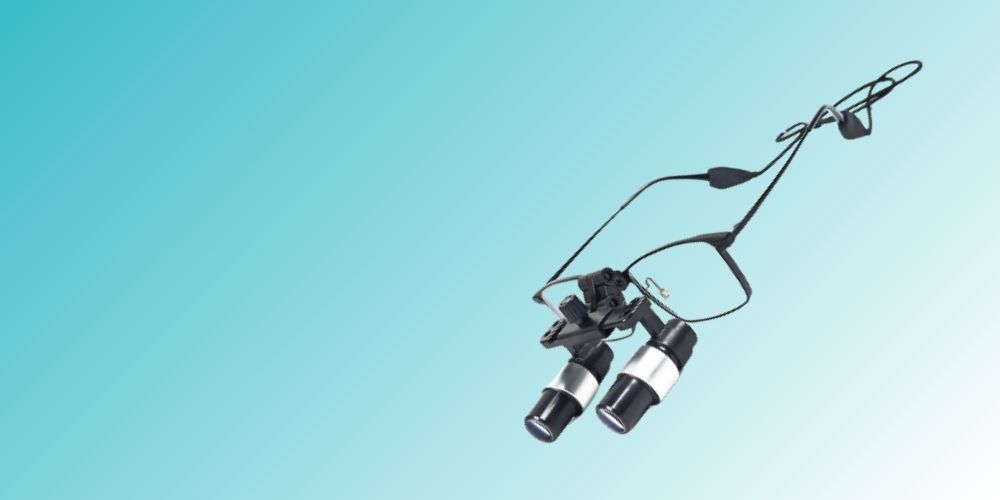
Istar Dental Supply
Istar has over ten years of industry experience, advanced technology, and excellent manufacturing equipment. We will provide you with the best orthodontic curing light!
Key Features

Light Emission
Orthodontic curing lights emit a specific wavelength of light, usually in the blue spectrum around 450-490 nanometers, which activates photoinitiators in the bonding materials.

Quick Curing Times
Orthodontic curing light allows for rapid curing of adhesives, ensuring that orthodontic appliances are securely bonded to the teeth in a short amount of time. This efficiency is crucial in a busy orthodontic practice.

Precision and Control
Curing lights in orthodontics provide precise control over the curing process, allowing orthodontists to ensure that adhesives are properly set without over-curing or under-curing.

Portability and Ease of Use
Modern orthodontic curing lights are often designed to be lightweight and easy to handle, with cordless options providing greater flexibility and convenience during procedures.

What Is The Working Principle of Orthodontic Curing Lights?
Orthodontic curing lights work by emitting high-intensity light in the blue spectrum, typically around 440 to 490 nanometers (nm), which is optimal for activating the photoinitiators present in light-cured orthodontic adhesives.
The process of polymerization, or curing, occurs when the photoinitiators are exposed to this specific wavelength of light.
Advantages of Orthodontic Curing Light
Efficient: Orthodontic curing lights facilitate rapid polymerization of light-curing adhesives and emit high-intensity light in the blue spectrum (usually about 440 to 490 nanometers (nm)), which is best suited for activating light-curing orthodontic adhesives. of photoinitiators. Curing times can be reduced compared to other bonding technologies.
Customizable settings: Many curing lights in orthodontics offer multiple curing modes, adjustable light intensity, and built-in timers, allowing clinicians to tailor the curing process to the specific requirements of the adhesive and bonding technique. This flexibility ensures optimal bond strength and clinical results.
High energy efficiency: Orthodontic curing light is typically LED designs that consume less energy than other types of curing lights, making them more environmentally friendly and more cost-effective to operate. They generate minimal heat, reduce energy consumption, and provide a comfortable working environment for clinicians and patients.
Portable: Orthodontic curing lights are lightweight, compact, and cordless, enhancing portability and maneuverability during orthodontic surgeries.
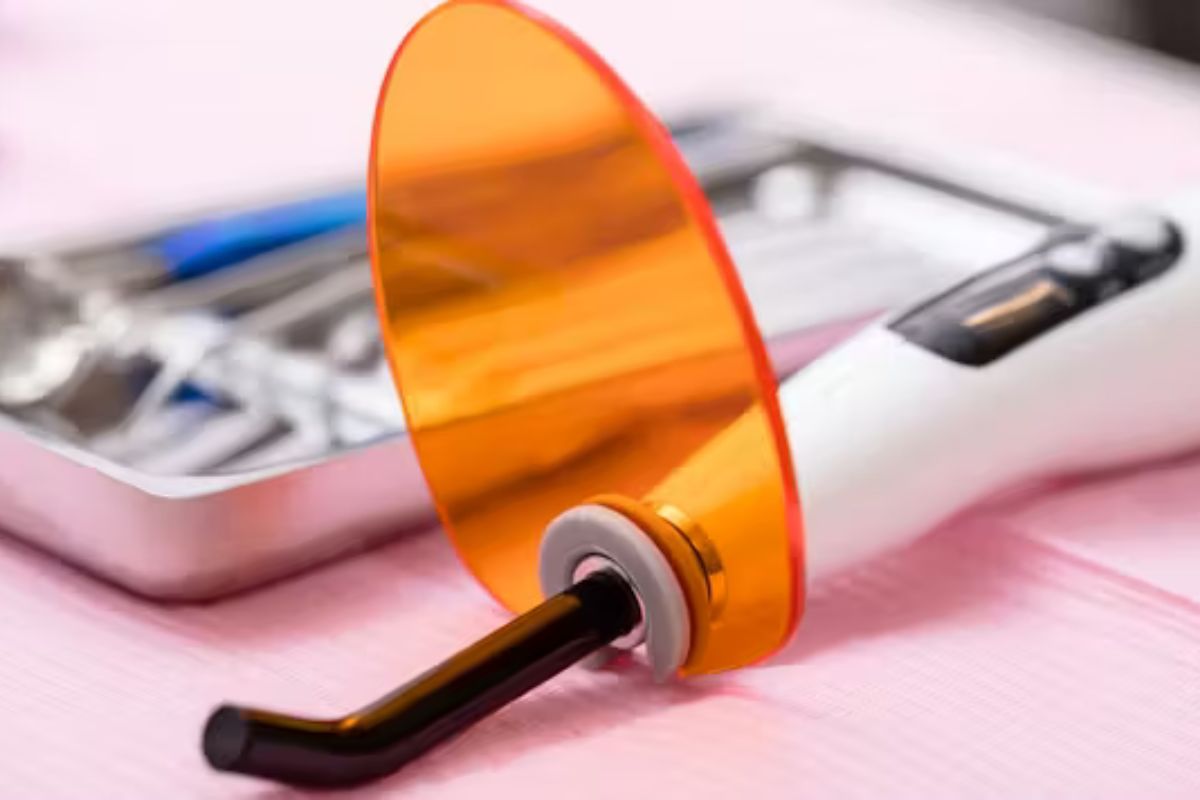
FAQ of Orthodontic Curing Light
Orthodontic curing lights are specialized devices used in orthodontic procedures to harden or cure light-sensitive materials such as adhesives and bonding agents.
These materials are typically used to attach brackets, bands, and other orthodontic appliances to teeth.
- LED Curing Lights: These are the most common type, known for their efficiency, long lifespan, and reduced heat generation compared to traditional halogen lights.
- Halogen Curing Lights: Although less common now, some practices still use halogen lights, which emit a broader spectrum of light and may be compatible with a wider range of materials.
- Bracket Bonding: The primary use of orthodontic curing lights is to cure the adhesive used to attach brackets to the teeth. Proper curing ensures that the brackets remain firmly in place throughout the treatment period.
- Band Cementation: Orthodontic curing lights are also used to cure the cement used to secure bands around molars, providing a stable anchor for braces and other appliances.
- Attachment Bonding: For procedures involving the attachment of other orthodontic devices, such as lingual braces or clear aligner attachments, curing lights ensure strong and durable bonds.
Yes, orthodontic curing lights are generally considered safe when used properly. These devices are designed to meet rigorous safety standards and are widely used in dental and orthodontic practices.
Any question?
If we still haven't answered your question, you can contact us below and we will get back to you as soon as possible.



